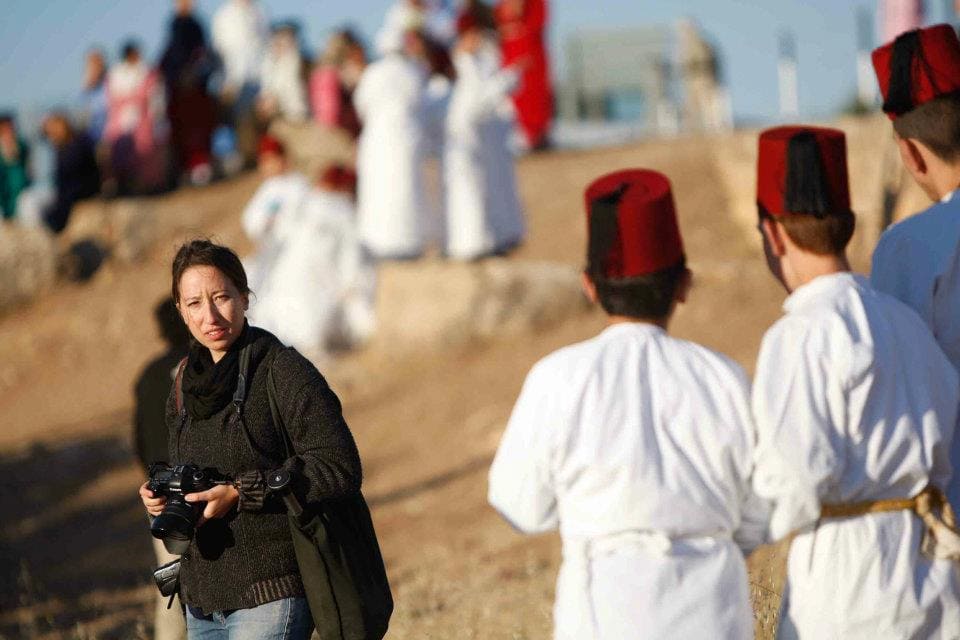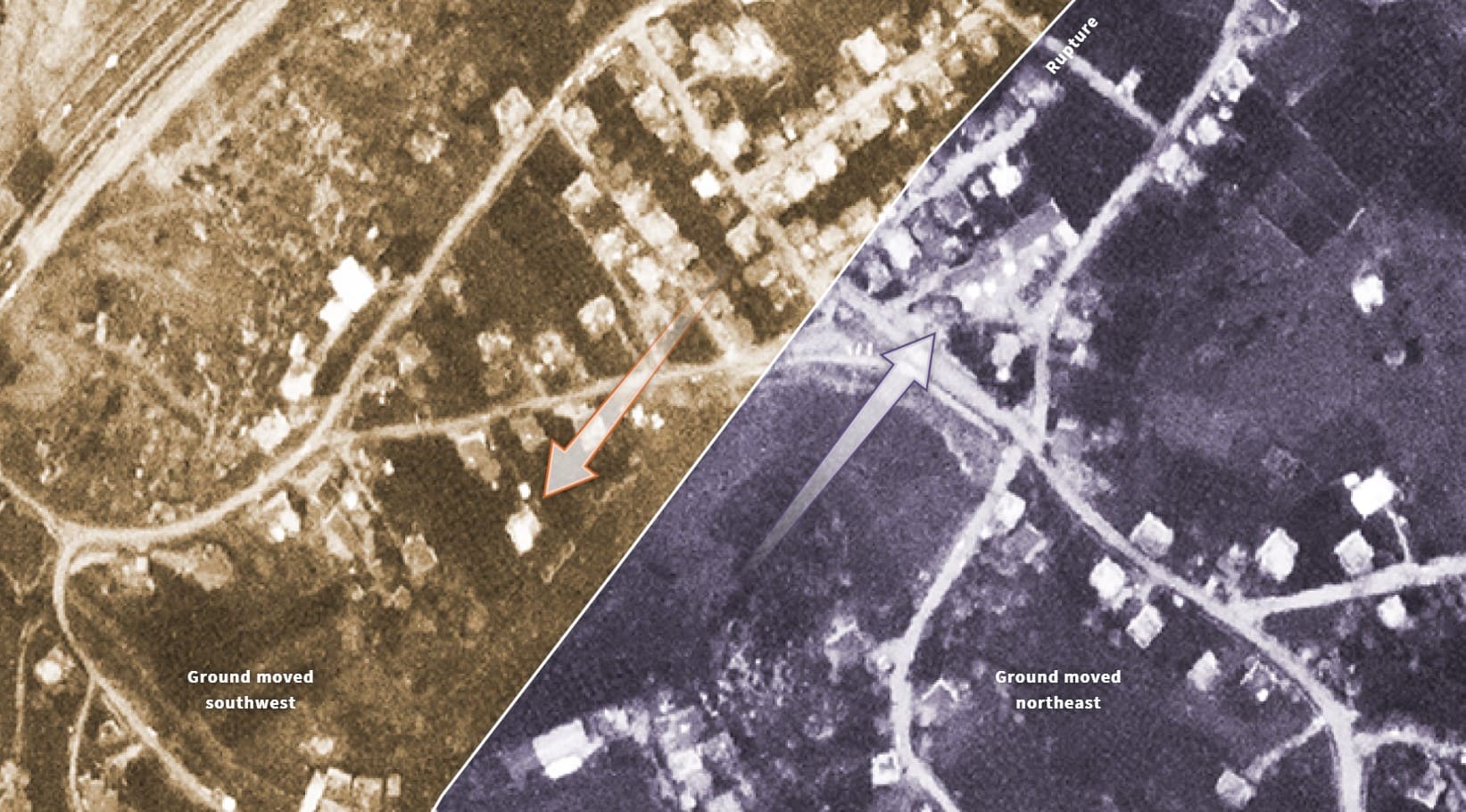NFL football players and visual storytellers played a similar game during Super Bowl LVII.
Over a period of three to four hours, teams forked out an ungodly sum of money to produce short bursts of spectacle; inspiring a range of emotions that incited pride, laughter, sorrow and cringe.
While this could describe how Philadelphia got robbed on Sunday (fight me), it’s actually a preamble to some dreadful mistakes in this year’s Super Bowl commercials.
More than a few ad agencies did score big, however others got tackled hard by the critics and threw away $7 million on a 30 second spot. Thankfully it’s not a total loss since we can gain a few valuable lessons from their mistakes.
1. OFFER A CLEAR CALL TO ACTION
Whether it’s an Insta story or a 40-page glossy, a clear call to action should be at the heart of any communication style. Workday did the opposite and hired a bunch of celebrities to tell us very little about what the company actually does or how we should engage with the business.
On the other hand, Ben Affleck took only six seconds to explain that Dunkin’ sells doughnuts; and that he’s definitely sleeping on the couch tonight. It’s a big reminder that instantly presenting what the content is about will help capture the audience’s attention for the duration of a story.
2. KNOW WHAT’S RELEVANT TO THE AUDIENCE
Sean “Puffy Daddy/P. Diddy/Diddy” Combs once sat atop of the music industry by sampling hits from the 70s and 80s, and splicing them into 1990s hip hop. Uber One tried to go in the same direction — and most definitely heard its GPS system go ‘reeeeecalculating.’ The company should have listened.
As NPR’s Eric Deggans reports (that’s my impression of an NPR host) the ad’s punchline falls flat because Gen Z is probably unfamiliar with Montell Jordan, and the rest of us had little chance of recognizing him in his 50s. That left all of us with the same bewildered looks expressed by the executives at the end of the spot. Just remember, it doesn’t matter what the marketing team personally finds funny; it’s all about the Benjamins…errr… audience. If they don’t get it, and it would seem from USA Today’s Ad Meter that they didn’t, then change gears. There also has to be a bit of salt in the wound when someone from NPR calls you a “derivative hack”. Ouch!
3. THE CONCEPT MUST BE CONCEIVABLE
Finally, a major litmus test at any pitch meeting is whether a proposal can be visualized. Don’t do it if you can’t see it in your mind’s eye. So, it’s hard to understand what FanDuel’s marketing team was literally thinking when it came up with Kick of Destiny; the first live commercial in Super Bowl history.
A few questions that should’ve been asked in development: Will the audience know why Rob Gronkowski is kicking a random field goal? Will holding the event in an undisclosed location be disorienting? Does cueing the fireworks make a bit of sense if Gronkowski misses? Should his friends and family be cheering if he’s lying on the ground in agony? Will the ensuing confusion distract from the sponsor’s message at the end (honestly, I’ve re-watched the video a dozen times and I still can’t tell what’s happening).
Honest answers to these questions would’ve lead to the conclusion that the commercial would be a big miss, even if Gronk hadn’t.
Want to avoid these costly mistakes for your next project? Get on our calendar for a free consultation, and join our visual storytelling community.


